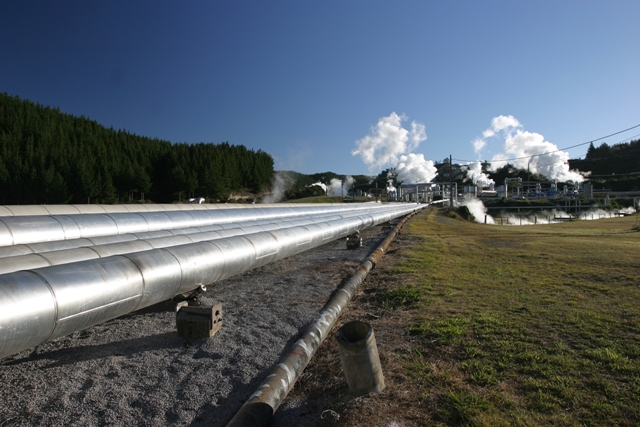Executive Summary – Philippines Energy and Renewables Report
The Philippines is an archipelagic country (7,107 islands), with population more than 103 million. Most of them are domiciled in the Luzon and surrounding islands. The urban population is around 45 million and the rest are live in rural areas. The working age ratio reaching 63.3% of the total population.
The country has abundant energy resources. Fossil fuel reserve are oil (3.22 MM barrels) and natural gas (3.22 TCF). The Philippines has very limited resource of coal (439.15 MM tones, in-situ reserved).
Theoretically, based on DOE report, ocean energy is the largest energy source in the country but not even started to be used. Other renewable energy sources are geothermal, hydro, wind, solar, and biomass. The country is, currently, known as the second biggest power generation from geothermal in the world by almost 2 GW installed capacity compared to potential capacity of 4.5 GW. Hydro power has been the major utilized energy source by 3.6 GW. Wind power has a big potential to be developed (more than 76.6 GW) and the government had targeted to be the largest wind power producer in South-East Asia by 2030. Solar power has a similar position, as having potential of more than 76 GW, but know only yield 886 MW. While biomass has only potential of 500 MW (calculated from bagasse and rice-husk only) and already utilized almost half of the potential (224 MW).
Currently the household electrification has reached 90%. The national target of 100% is aimed to be achieved by 2022. To attain this target and also cope with increasing demand for energy, development and utilization of domestic potential is needed. The development, utilization, and commercialization of the abundant energy sources potential will be very important.
The demand and dependency of fossil fuel sources is high (63% of total supply, which is 18.2% from domestic supply). Import of oil products reach 33.6% of total energy supply. Meanwhile, import of coal supply reaches 10.9% of total supply.
The government of Philippines chronologically prepared and issued the Renewable Act (RA No.1953), Biofuel Act, National Renewable Energy Program (2011-2030) which meant to improve renewable energy mix.
The Feed in Tariff (FIT) has been revised with degression rate in December 2015. Degression rate is a descent tariff by stages or steps to compensate the declining cost of the technology.
The target of adding installed capacity and the Feed in tariff will be presented in the paper.
RE deployment is in line with the government’s goal of energy security and also provides variety in job opportunity creation. Also by utilizing the potential in renewable energy sources to reduce import dependency. Transportation sector demand high imported oil products. The alternative fuels based on domestic potential sources need to be developed.
Household electrification, in 2017, has reached 90% and the government has set a target of 100% electrified household by 2022. The role of renewable energy sources will be crucial for electrification in the rural and islands area due to their flexibility.
There are potential disasters in the Philippines such as typhoon, floods, and droughts that can damage the environment of biodiversity and food security and also energy security.
The demographic bonus in the Philippines with work force age and dependency age ratio about 57.86% can be a challenge, depending on how to manage and plan on this matter well.
Share This Article


